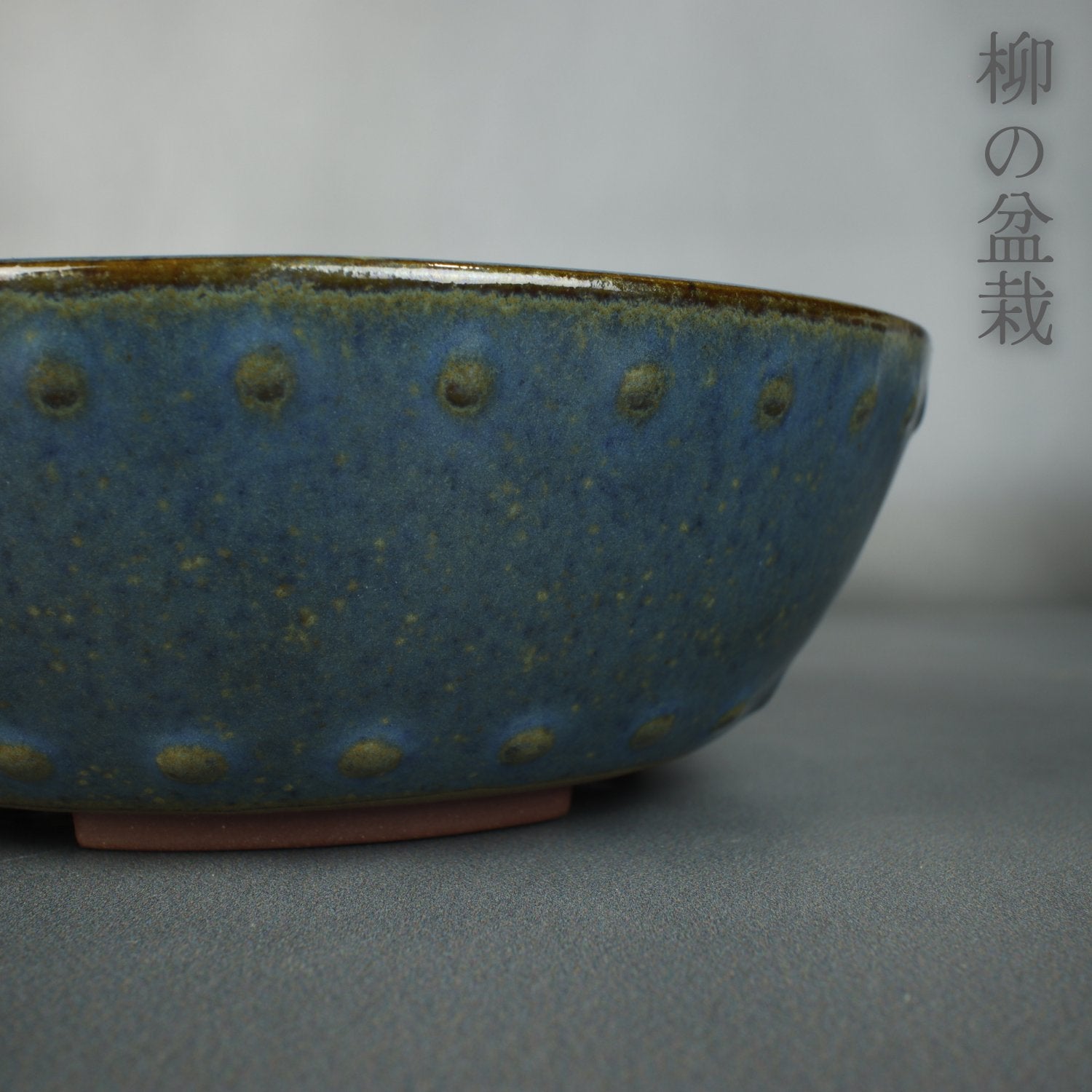Introduction To Bonsai
Bonsai offers many benefits and is an incredibly rewarding hobby to pick up. Here are a few reasons why:
What Is Bonsai?
The Different Types Of Bonsai Trees
Coniferous trees are trees that bear cones and have needles or scale-like leaves. These types of bonsai include pines, spruce, and juniper. Coniferous trees are known for their hardiness and ability to withstand harsh conditions. They are popular with bonsai enthusiasts because they can be shaped into many different forms, from formal upright to windswept and informal upright.
Tropical trees are trees that are native to tropical regions and are typically evergreen. These types of bonsai include ficus, banyan, and bougainvillea. Tropical trees are known for their lush foliage and ability to grow quickly. They require more care and attention than deciduous and coniferous trees, as they need higher humidity, warmth and light levels.
Here are a few examples of popular species for each type of bonsai tree and their characteristics:
-
Maple (Acer sp.): Maple trees are popular for bonsai due to their delicate leaves, vibrant fall colors, and distinctive bark. They do well in both full sun and partial shade.
-
Elm (Ulmus sp.): Elm trees are popular for bonsai due to their graceful, spreading shape and attractive bark. They are tolerant of a wide range of temperatures and are well suited for both indoor and outdoor cultivation.
-
Linden (Tilia sp.): Linden trees are popular for bonsai due to their attractive, heart-shaped leaves and sweet-smelling flowers. They do well in a range of light levels and temperatures, but prefer well-draining soil.
-
Pine (Pinus sp.): Pine trees are popular for bonsai due to their attractive, needle-like leaves and distinctive bark. They can be trained in many different styles, from formal upright to windswept. They are tolerant of a wide range of temperatures and light levels, but prefer well-draining soil.
-
Spruce (Picea sp.): Spruce trees are popular for bonsai due to their attractive, needle-like leaves and distinctive bark. They can be trained in many different styles, and are tolerant of a wide range of temperatures and light levels, but prefer well-draining soil.
-
Juniper (Juniperus sp.): Junipers are popular for bonsai due to their hardiness, scalelike leaves and distinctive bark. They are tolerant of a wide range of temperatures and light levels, but prefer well-draining soil.
-
Ficus (Ficus sp.): Ficus trees are popular for bonsai due to their attractive, glossy leaves and aerial roots. They are best suited to indoor cultivation, and require high humidity, warmth and light levels.
-
Banyan (Ficus benghalensis): Banyan trees are popular for bonsai due to their aerial roots and large size. They are best suited to outdoor cultivation, and require high humidity, warmth and light levels.
-
Bougainvillea (Bougainvillea sp.): Bougainvillea trees are popular for bonsai due to their colorful bracts and small size. They are best suited to outdoor cultivation, and require high humidity, warmth and light levels.
Basic Tools And Techniques
-
Bonsai Scissors: These are small, sharp scissors used for pruning branches and leaves. They come in different sizes, shapes, and types such as regular, concave, knob cutter, branch cutter, and many more.
-
Wiring tools: Wiring is used to shape branches and give a bonsai its desired shape. You will need bonsai wire and wire cutters to properly wire your bonsai. There are also different thicknesses and types of wire to choose from (copper, aluminum, etc)
-
Bonsai Pots: Bonsai are grown in small pots, which are different from regular plant pots. They come in different sizes, shapes, and styles, such as glazed and unglazed, round and rectangular, and are made from different materials such as ceramic, plastic, and unglazed pottery.
-
Rakes and scrapers: These tools are used to clean the surface of the pot, and to remove old moss, debris and weeds from the pot.
-
Root hook : These tools are used to remove debris and for opening up the surface of the soil once it becomes compacted so it can continue to take on water.
-
Light equipment: Many bonsai trees require specific levels of light to thrive, depending on the species. This could include shading screens or other equipment to provide the right level of light.
-
Humidity Tray: Some species of bonsai require higher humidity levels. A humidity tray is a shallow container that holds water and is placed under the bonsai pot to increase humidity levels.
Here are brief explanations of three basic bonsai techniques: pruning, wiring, and repotting:
-
Pruning: Pruning is the process of removing unwanted or excess branches, leaves, and roots from a bonsai tree. This technique is used to control the size and shape of the bonsai, as well as to encourage new growth and the development of a compact root system. Pruning should be done at the appropriate time for the species of tree, and care should be taken not to over-prune as it can damage or kill the tree.
-
Wiring: Wiring is the process of bending and shaping branches to give the bonsai its desired shape. This technique is used to create the illusion of age and maturity, as well as to give the bonsai its desired shape. Wiring is done using thin wires, usually made of copper, aluminum or anodized aluminum, which are wrapped around the branches and then bent into shape. The wires should be checked periodically and removed before they cut into the bark.
-
Repotting: Repotting is the process of removing the bonsai from its pot and replacing the soil. This is done to refresh the soil, to remove old roots, and to reduce the size of the root ball if necessary. Repotting should be done at the appropriate time for the species you are working on as not all trees are repotted at the same time of year.
Bonsai Care
-
Watering: Bonsai trees require regular watering, but the frequency of watering will depend on the species of tree and the environment in which it is grown. Over-watering and under-watering can both be harmful to bonsai, so it is important to understand the watering needs of the specific species you are growing. One way to check if your tree needs watering is to stick your finger in the soil, if the soil is dry it needs water, if it is damp it doesn't.
-
Fertilizing: Bonsai trees require regular fertilizing to provide them with the necessary nutrients for healthy growth. Different types of bonsai have different fertilizing needs, so it is important to understand the specific requirements of the species you are growing. It is also important to use the right type and amount of fertilizer for the species, and to follow the instructions on the package carefully.
-
Pest Control: Pests can cause significant damage to bonsai trees. Common pests include spider mites, scale insects, and mealybugs. Pest control can be accomplished using pesticides or through the use of natural methods such as introducing beneficial insects or using neem oil.
-
Humidity and temperature: Many bonsai species require specific levels of humidity and temperature to thrive. These requirements vary depending on the species. It's important to research the specific needs of the species you are growing and to provide the appropriate environment for them.
-
Light: Many bonsai species require specific levels of light to thrive. These requirements vary depending on the species, for example some species do well indoors and other species do well outdoors. It's important to research the specific needs of the species you are growing and to provide the appropriate environment for them.
-
Trimming and shaping: Bonsai trees require regular pruning and shaping to maintain their desired shape and to encourage healthy growth. This process involves the use of various pruning, wiring, and shaping techniques. It is important to understand the species of tree you are pruning and its growth habits as some species rely heavily on their foliage to stay healthy.
The requirements for bonsai trees can vary greatly depending on the species. Here is a general outline of the requirements for different types of bonsai trees:
-
Deciduous Trees: Deciduous bonsai trees such as maples, elms, and linden require a period of dormancy during the winter when they are less active. They can tolerate a wide range of temperatures, but need to be protected from frost and should be kept in a sunny location. They generally prefer well-draining soil and need to be watered regularly during the growing season.
-
Coniferous Trees: Coniferous bonsai trees such as pines, spruce, and juniper are known for their hardiness and ability to withstand harsh conditions. They can tolerate a wide range of temperatures and light levels, but prefer well-draining soil. They should be protected from frost and should be watered regularly during the growing season. They generally don't require humidity and need to be pruned and wired regularly to maintain their shape.
-
Tropical Trees: Tropical bonsai trees such as ficus, banyan, and bougainvillea are native to tropical regions and are typically evergreen. They require high humidity, warmth and light levels and therefore indoor cultivation is usually recommended for them. They need to be kept in a sunny location and should be protected from frost. They should be watered regularly and fertilized regularly during the growing season.














